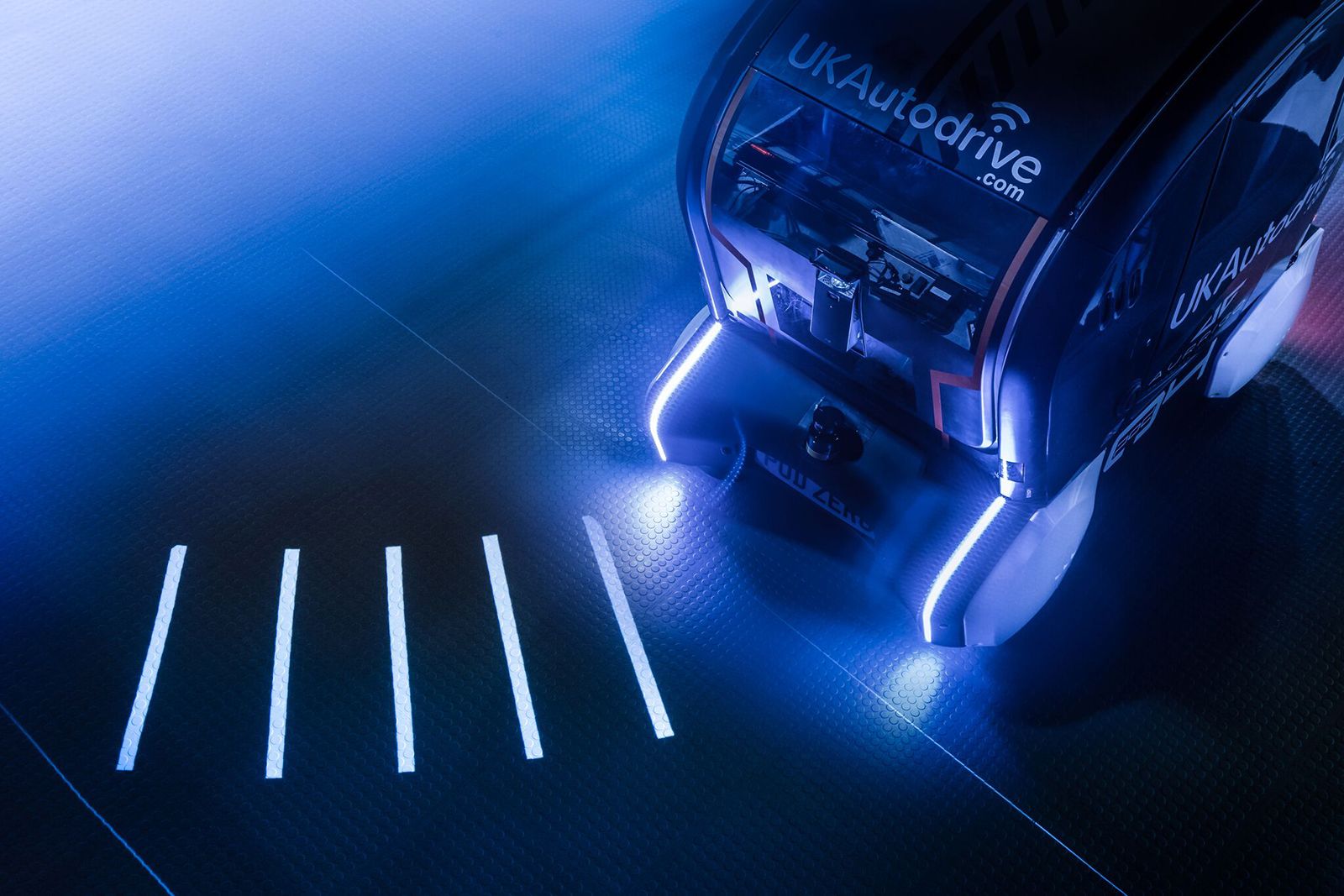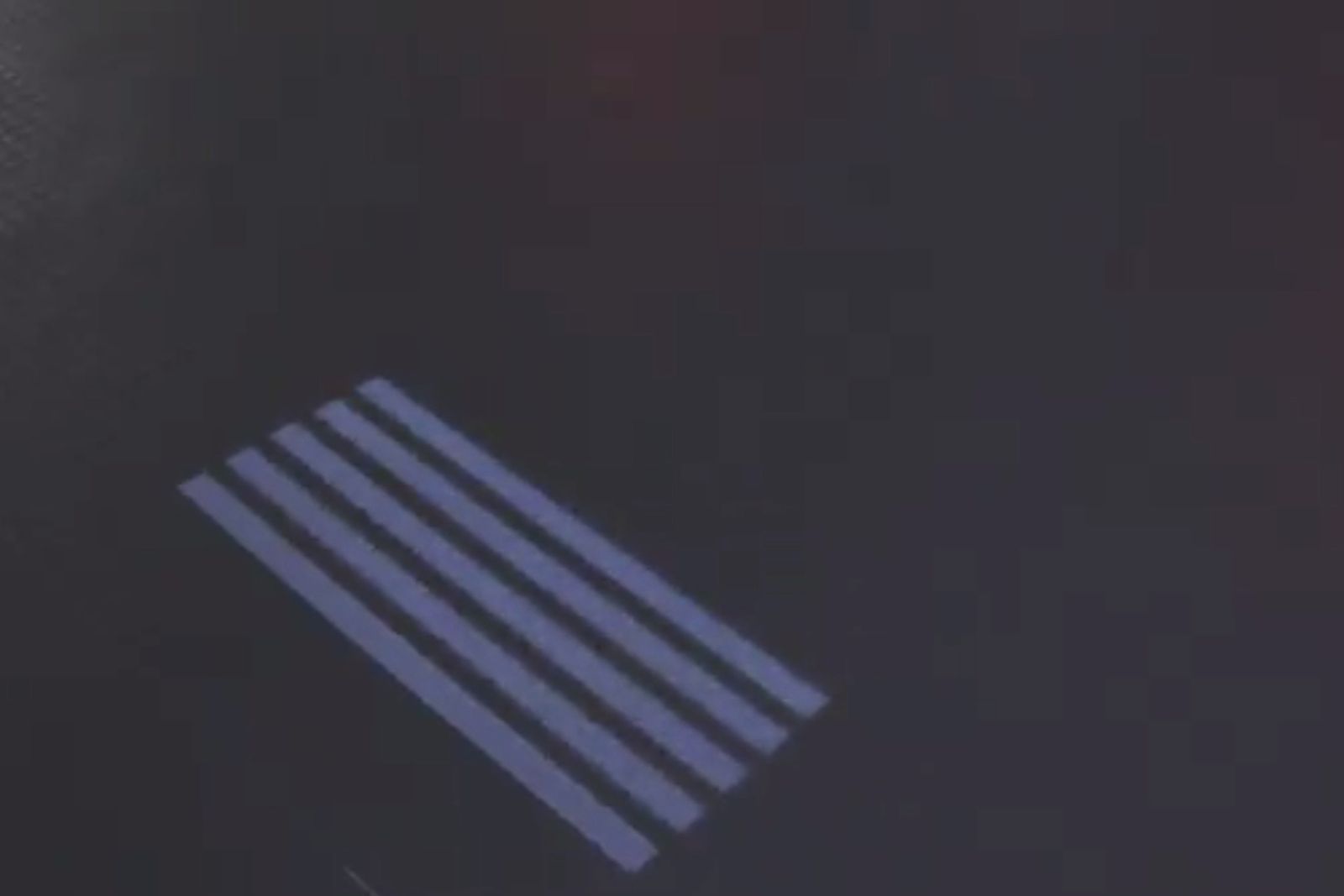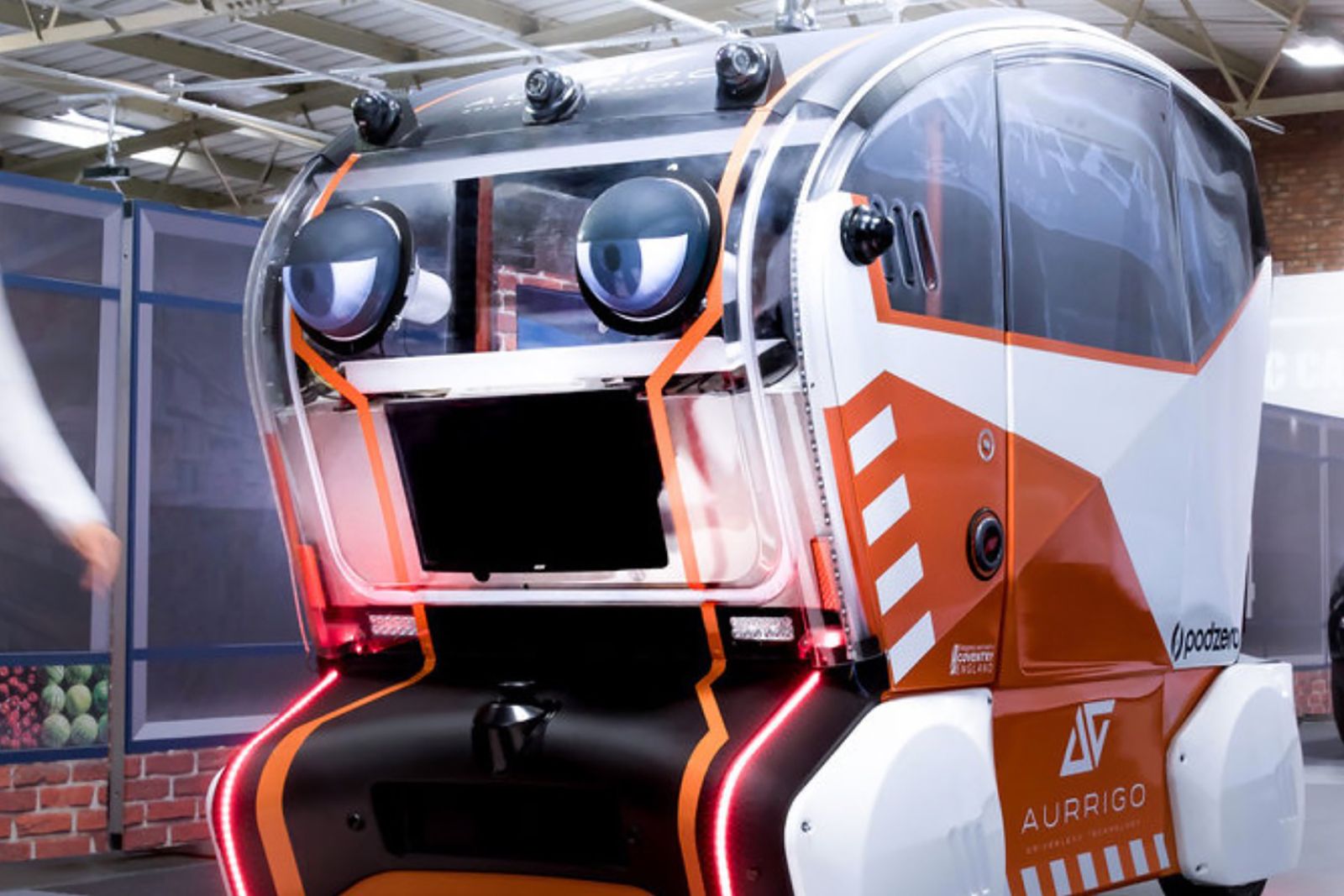Jaguar Land Rover wants you to trust autonomous vehicles. So, to help you better trust them, it has announced the development of a new technology.
This technology powers a car system that can project the intent of an autonomous vehicle onto the road ahead. Seriously. The projection literally beams out of the vehicle to illustrate intentions such as speeding up, braking, pulling out from a stop, and turning on the road.
This is all part of an ongoing project by Jaguar Land Rover to build trust in self-driving cars. It claimed that 41 per cent of pedestrians and drivers are concerned about sharing the road with autonomous vehicles. Remember, the autonomous vehicle industry has not been immune to accidents, which may be decreasing some of the original enthusiasm in self-driving cars. But this technology from Jaguar Land Rover could be a solution.
The system was developed by engineers working in Jaguar Land Rover’s Future Mobility Division, which worked in tandem with cognitive psychologists. It's as much about increasing confidence in self-driving tech as it is improving it.
The system was tested on a course, which involved pods roaming fake streets. Some of these pods were also fitted with Jaguar Land Rover’s "Virtual Eyes" - seen below. These look like eyes and are meant make eye contact with pedestrians, in the hopes of making pedestrians more confident and comfortable. The engineers had pedestrians positioned around the streets, too.
They then measured how comfortable pedestrians felt in conditions with and without the beamed light projections. The light projections consisted of horizontal lines in the road that can curve to signal a turn, elongate to signal moving forward, and become compact to signal coming to a stop.
Apart from the creepy virtual eyes, we think the light projections are a neat idea, especially because they can predict what movement a driver is going to make, giving pedestrians and others on the road a clue as to the vehicle's path before it autonomously drives or stops.
There's no indication when and if this technology will come to market, but we feel it's a step in the right direction for self-driving cars.



